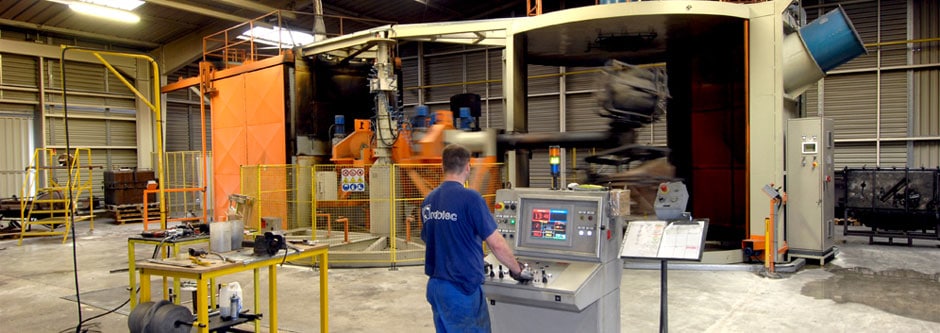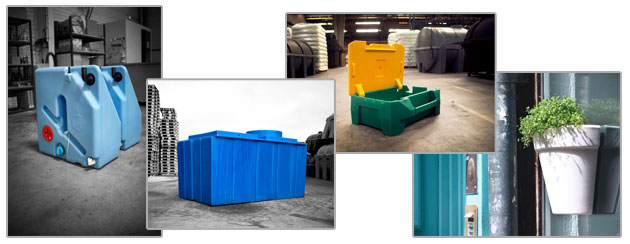Sommaire de la page
A brief history of rotational moulding…
Rotational moulding is a plastic material transformation technique used to manufacture hollow and multi-walled polymer parts. The rotational moulding process was developed following the introduction of PVCs in the 1940s. The range of polymers expanded and with it the potential applications, resulting in rotational moulded products becoming available to an increasing number of sectors of activity, with products including trays, water recovery tanks, boats, all types of containers, automotive and agricultural fittings and equipment, etc.
The advantages of the rotational moulding process
The simplicity and upgradability of the moulds used
The moulds used for rotational moulding are simple in design since they are not subjected to any pressure, even though in mechanical terms, and where large-volume parts in particular are concerned, they have to withstand the load applied. The process also prevents the formation of any residue, thus ensuring the high quality of the rotational moulded parts produced. A high level of productivity at a competitive price – who could possibly resist?
The complexity of rotational moulded products
The rotational moulding process is perfectly conducive to the design of multilayer parts. The thickness and capacity of the parts are entirely adjustable, but it is also possible to design and develop double-walled parts, fill them with foam, incorporate inserts and even assemble or attach accessories.
Examples of rotational moulded parts:
The rotational moulding process
The rotational moulding process generally comprises 5 stages:
- filling of the mould
- rotation stage
- fusion of the plastic material
- solidification of the plastic material
- turning out of the polymer
Filling the mould
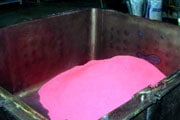
The rotation stage
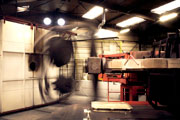
Double or triple-layer foaming operations can be performed at this stage. Once the fusion process is complete, the mould is removed.
The polymer fusion stage
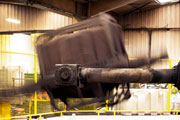
The solidification stage
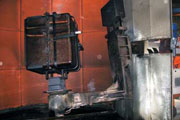
The turning out stage

The cutting, conformation and finishing stages then follow and any accessories or decorative elements required are applied. A unit-by-unit quality control process is implemented in all cases. The cycle can then begin again.
Que pensez-vous de cette page ?



